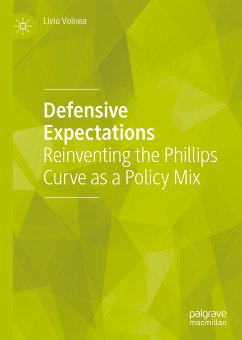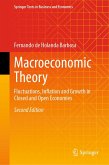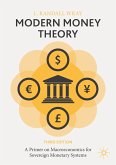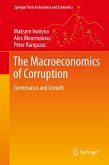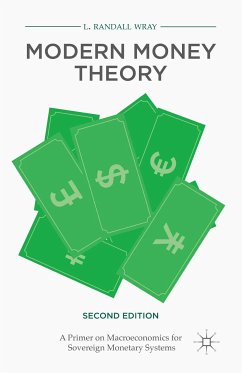This book takes us through the journey of the Phillips Curve to the present debate, dominated by the post-great recession puzzles and the challenges to the fundamental stable relationship between inflation and economic slack. Liviu makes an insightful contribution to the discussion and to our understanding of inflation dynamics by introducing the concept of cumulative wage gap as a measure of slack.Luis de Guindos, Vice President European Central Bank
Dieser Download kann aus rechtlichen Gründen nur mit Rechnungsadresse in A, B, BG, CY, CZ, D, DK, EW, E, FIN, F, GR, HR, H, IRL, I, LT, L, LR, M, NL, PL, P, R, S, SLO, SK ausgeliefert werden.

